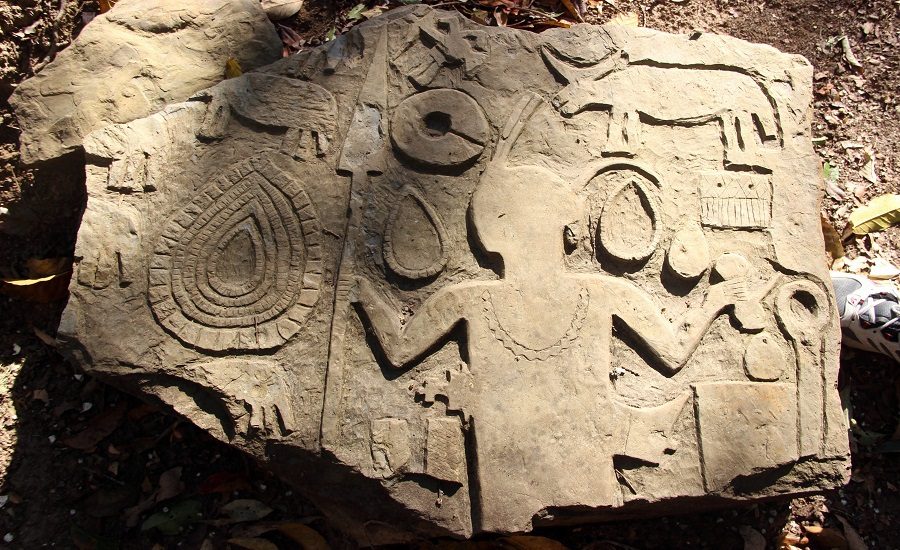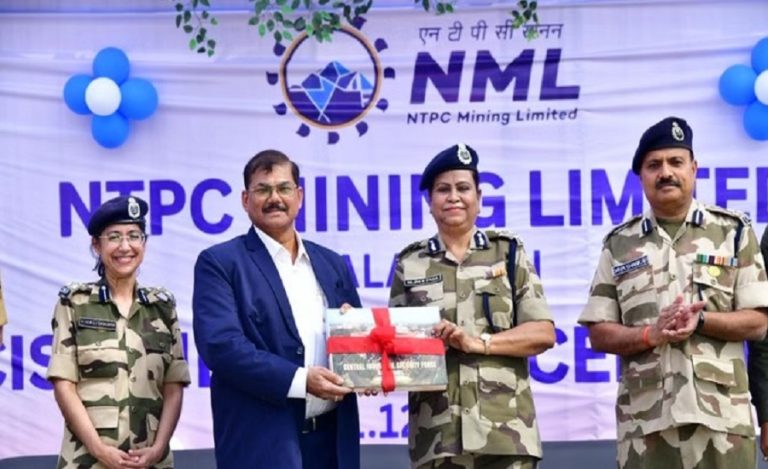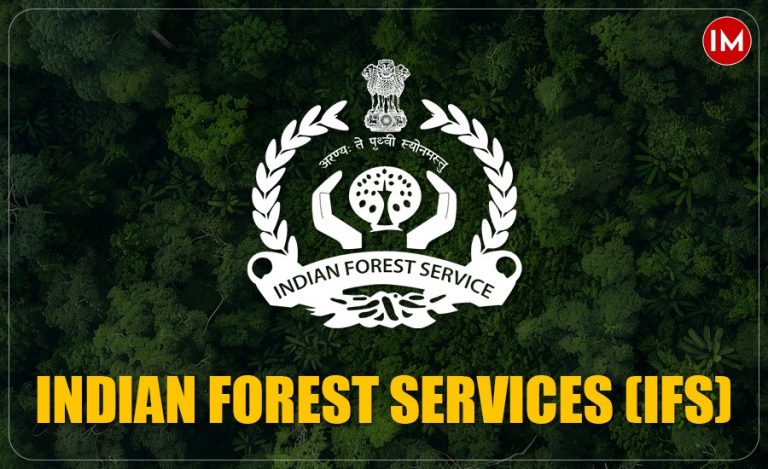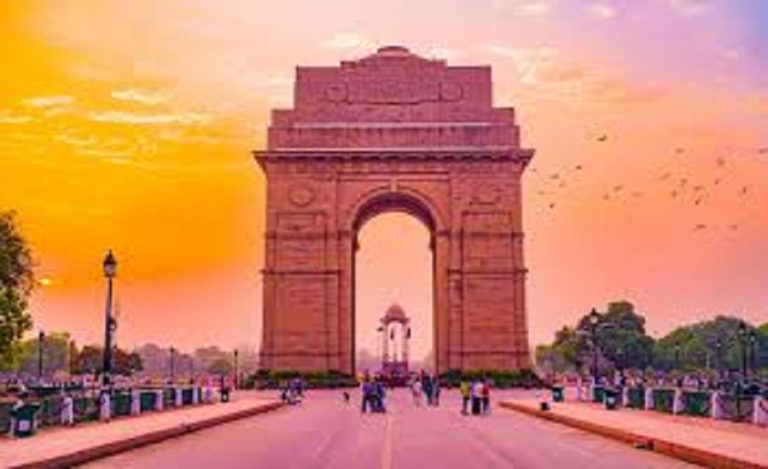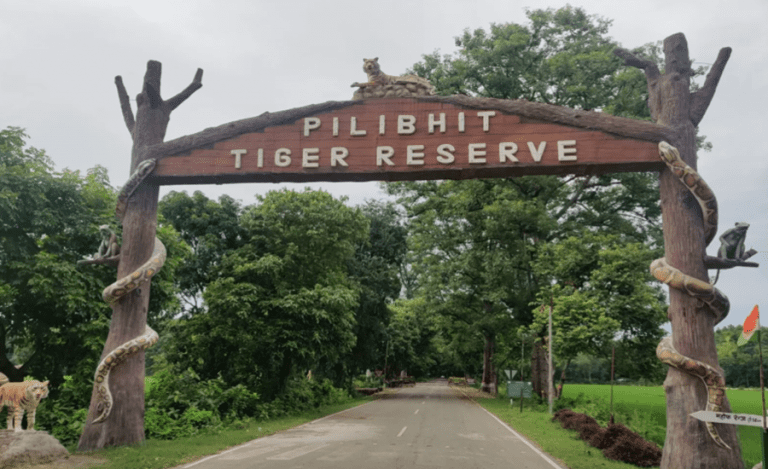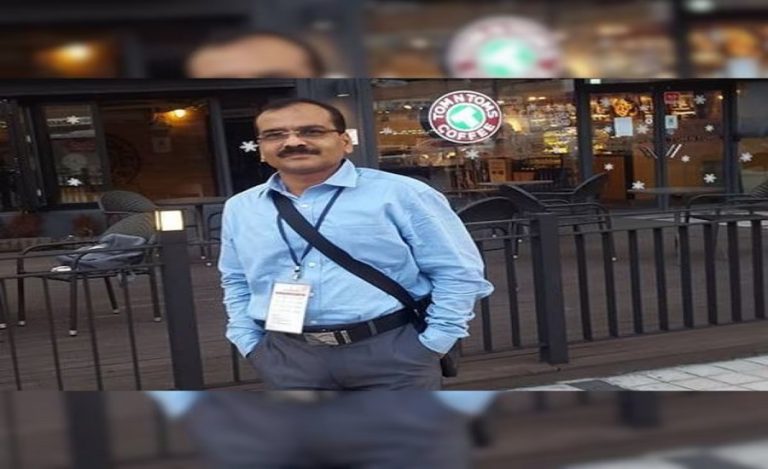Aizawl: Retired IAS officer Rinsanga has urged scholars to critically re-evaluate the ancestry and migration narratives of the Mizo people, citing new archaeological discoveries that challenge long-held historical timelines. Delivering the keynote address at the 45th annual conference-cum-seminar of the Mizo History Association (MHA), held at ICFAI University, Mizoram, he called for an interdisciplinary and scientific approach to reconstruct Mizo history with greater factual precision.
New Discoveries Challenge Conventional Migration Timeline
In his address titled “Rethinking Our Historical Timeline,” Rinsanga highlighted how written records of Mizo history began relatively late, noting that Rev. Liangkhaia’s Mizo Chanchin (1938) remains the first comprehensive documentation of the community’s past.
He cited findings from the Archaeological Survey of India’s excavations at Vangchhia (2015–2018), which indicate that the region may have supported a flourishing civilization far earlier than the traditionally accepted migration period of 1350–1750 CE.
“Carbon dating conducted by the Birbal Sahni Institute of Palaeobotany, Lucknow (600 CE), and BETA Lab, Miami (1485 CE), points to a sophisticated pre-colonial society that predates our current understanding,” he noted. Quoting the ASI report, he added that the site reflects “the glorious past of the Mizo community.”
Recognition of Vangchhia’s Historical Significance
Rinsanga praised the efforts of the late P. Rohmingthanga and the INTACH Mizoram Chapter for first bringing the Vangchhia archaeological site to public notice in 2010, which led to its declaration as a nationally protected monument in 2014.
He emphasized that such findings warrant a fresh, evidence-based interpretation of Mizo civilization and migration, integrating insights from archaeology, linguistics, anthropology, and oral traditions.
MHA’s 45th Annual Conference: A Platform for Emerging Scholarship
The inaugural session was chaired by Prof. J.V. Hluna, vice-president of the Mizo History Association. The event featured the release of the Historical Journal of Mizoram by the chief guest, while Prof. Ginlianlal Buhril, vice-chancellor of ICFAI University, delivered the welcome address. Benjamin Ralte, secretary of MHA, presented the annual report, and Prof. Sangkima, president of the Association, delivered the presidential address.
This year’s conference, themed “Emerging Trends in Mizo History,” includes 35 research papers being presented across nine technical sessions, focusing on archaeological, cultural, and socio-political aspects of Mizoram’s past.
Legacy of the Mizo History Association (MHA)
Founded on September 23, 1980, under the leadership of Darchhawna, the Mizo History Association has become one of Mizoram’s most respected academic institutions dedicated to the scientific study and documentation of Mizo history.
Registered in 1981, the MHA today has nearly 300 Life Members and continues to receive support from the Department of Art & Culture, Government of Mizoram, and the Indian Council of Historical Research (ICHR).
Its annual conferences and peer-reviewed journal, Historical Journal of Mizoram, remain vital forums for advancing historical scholarship in the region.
Commitment to Historical Truth and Cultural Preservation
In his closing remarks, Benjamin Ralte expressed gratitude to ICFAI University and all participating scholars, reaffirming the MHA’s commitment to uncovering historical truth and preserving Mizo cultural heritage for future generations.

